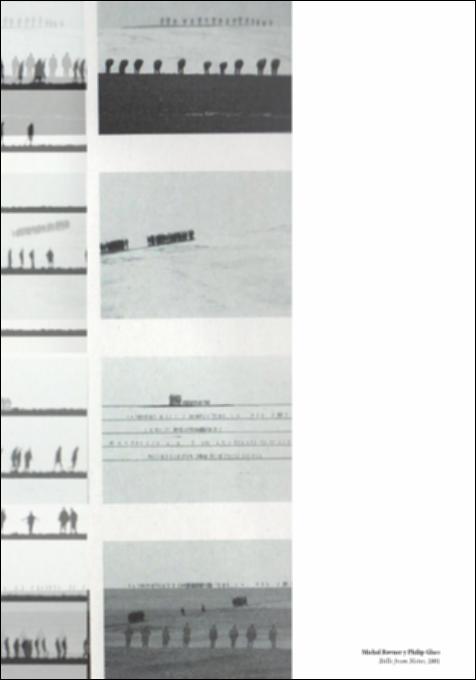Please use this identifier to cite or link to this item:
http://hdl.handle.net/10637/11900El filtro como límite emocional: el modelo japonés como espacio de relaciones.
| Title: | El filtro como límite emocional: el modelo japonés como espacio de relaciones. The Filter as an Emotional Limit: the Japanese Model as a Space of Relations |
| Authors : | Guitart Vilches, Miguel |
| Keywords: | Filtros; Materia; Límite; Atravesar; Engawa; Japón; Materialidad; Introspección; Filters; Matter; Limit; Penetrate; Japan; Materiality; Introspection |
| Abstract: | Los filtros funcionan como barreras permeables o como elementos de relación
entre un exterior que enlaza con lo real, lo objetivo, lo inmediato, y
un interior que nos conduce a la evocación, lo subjetivo y lo pausado. Es en
los filtros donde dicha ruptura o encuentro deviene en un espacio propio,
un espacio de transición. Un filtro establece por tanto un lugar nuevo de
relaciones con un espesor variable que puede oscilar desde un fino plano
translúcido de entidad física casi inestimable hasta un elemento de corporeidad
mucho más categórica y definitiva. La construcción de una perforación
o entramado de esta condición supone la creación de una envolvente
que facilita una actitud reflexiva con la que se estimula la propia conciencia
en el medio construido por medio de los sentidos. Como tercer espacio o
lugar de intersección, es el lugar donde se produce la transformación de lo
real y, por tanto, la posibilidad. El concepto del ma y el espacio engawa en
Japón aglutinan este potencial arquitectónico. Filters work as permeable barriers or relational elements between an exterior that is related to the real, the objective and the immediate; combined with an interior that leads to evocation, subjection and pause. It is in these filters that such ruptures and encounters become space in itself, of transition. Therefore, a filter establishes a new relational place with a changing thickness that may go from a thin, translucent plane, with barely any physical entity, to a much more corporeal element, displaying a categorical and definite presence. The construction of this perforated or mesh-like condition presupposes the creation of an enclosure that facilitates a reflexive stimulation of the senses within the constructed environment. As a third space or space of intersection, it is the place where the transformation of the real, and therefore, the possible, takes place. The concept of ma and the space engawa in Japan gather to create this architectural potential. |
| Description: | En: Constelaciones. ISSN. 2340-177X. n. 4, 2016, pp 15-27 |
| URI: | http://hdl.handle.net/10637/11900 |
| Rights : | http://creativecommons.org/licenses/by-nc-nd/4.0/deed.es |
| Issue Date: | 1-May-2016 |
| Appears in Collections: | Núm. 4 (2016) |
Items in DSpace are protected by copyright, with all rights reserved, unless otherwise indicated.


